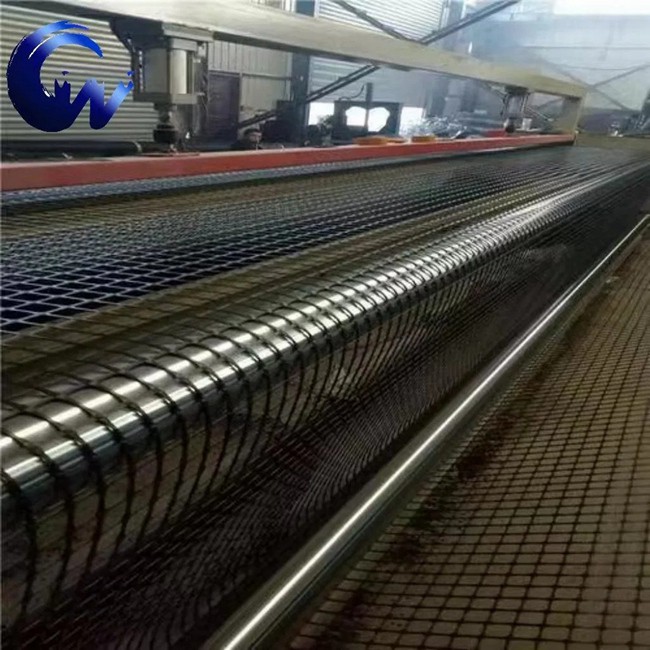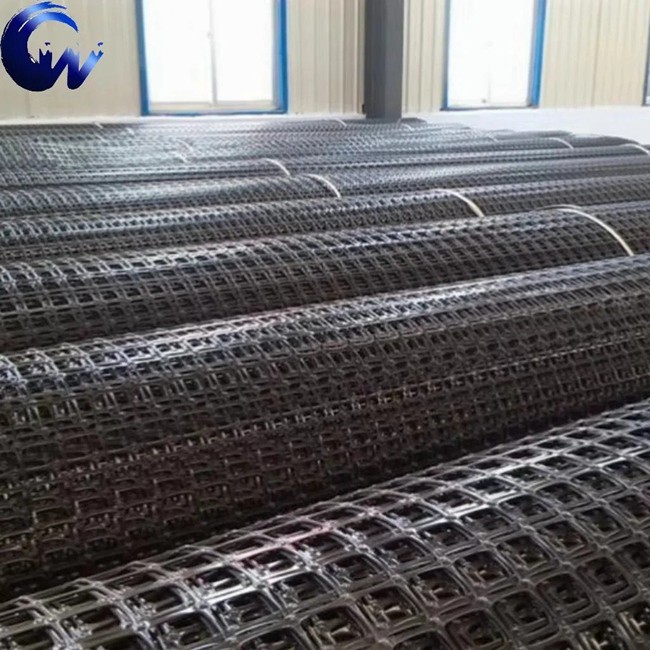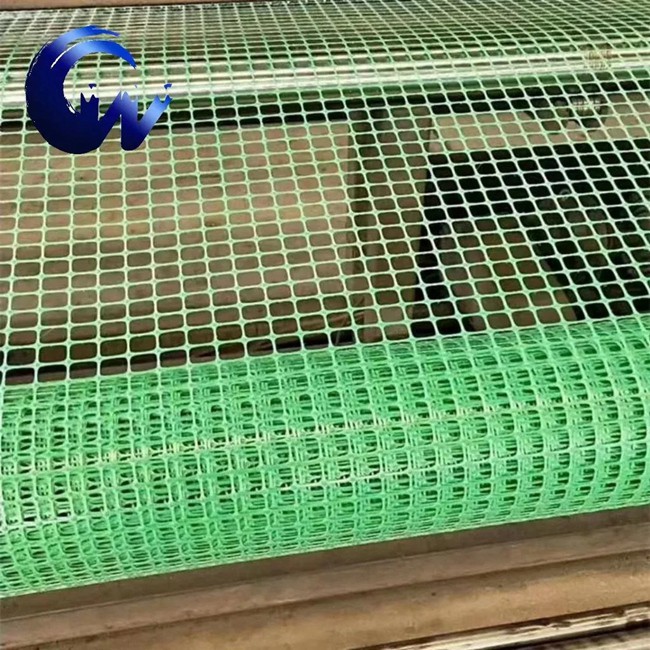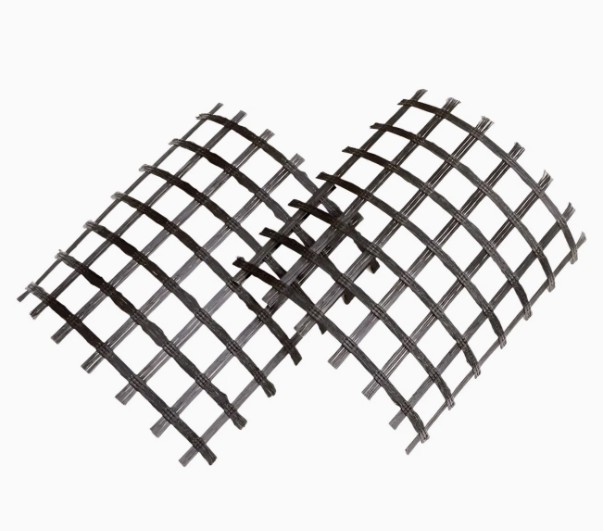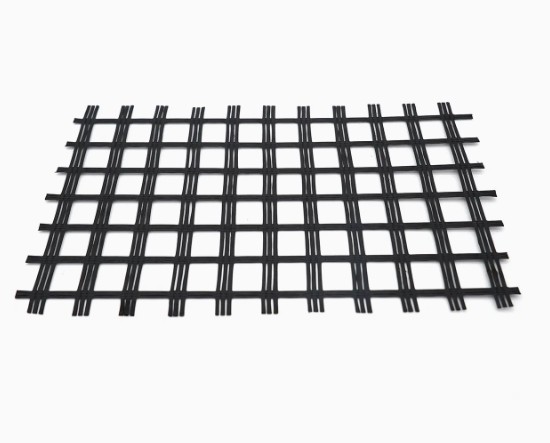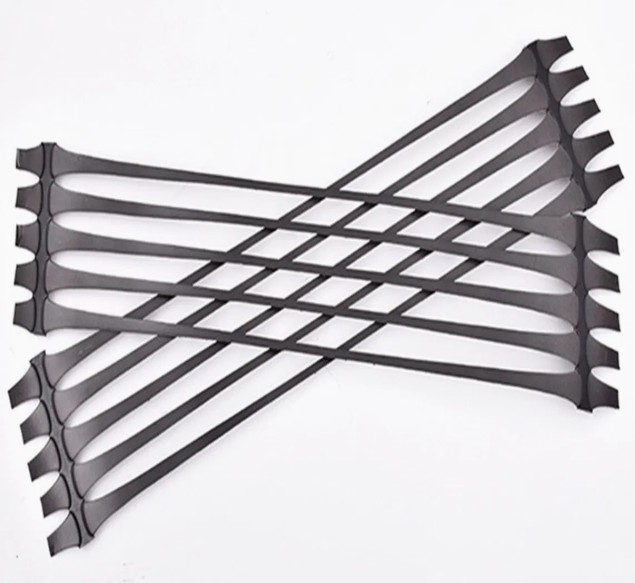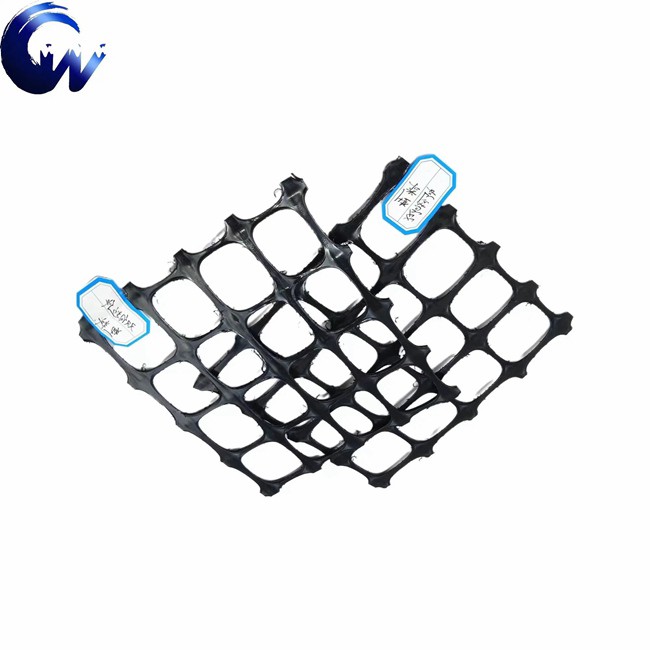Customized HDPE Uniaxial Biaxial Composite Plastic PP Geogrid for Reinforcement Earthwork
Product description
According to different materials and processes, geogrids can be divided into various types, such as unidirectional geogrids, bidirectional geogrids, three-dimensional geogrids, and fiberglass geogrids. Each type of geogrid has its specific application areas and advantages. For example, unidirectional geogrids are mainly suitable for engineering projects that require enhancing the unidirectional stability of soil; Bidirectional and three-dimensional geogrids can provide reinforcement effects in multiple directions, making them suitable for projects that require comprehensive reinforcement.

PP geogrids play an important role in the field of civil engineering due to their unique performance and wide range of applications. With the continuous progress of technology and changes in market demand, PP geogrids will continue to be optimized and improved, injecting new vitality into the development of civil engineering. In the future, we have reason to believe that PP geogrids will demonstrate their outstanding performance and unlimited potential in more fields.

Biaxially stretched plastic geogrids are made from polypropylene (PP) or polyethylene (PE) as raw materials through plasticization, extrusion of sheets, punching, heating, longitudinal and transverse stretching. The effectiveness of using bidirectional geogrids is closely related to the treatment of the paved road surface. Before paving, it is necessary to thoroughly clean substances on the road surface that may affect the bonding strength between the geogrid and the underlying layer, such as grease, paint, sealing materials, water stains, dirt, etc., to ensure that the paving surface is clean and dry. Excavate the foundation bed, set up a sand cushion layer (with a height difference of no more than 10cm), roll it into a platform, lay a grid, and the longitudinal axis should be consistent with the main force direction. The longitudinal overlap should be 15-20cm, and the transverse overlap should be 10cm. Use plastic tape to tie and overlap. When laying the grid, fix it on the ground with U-shaped nails every 1.5-2m. The laid geogrid should be backfilled in a timely manner, and the number of layers should be determined according to technical requirements.
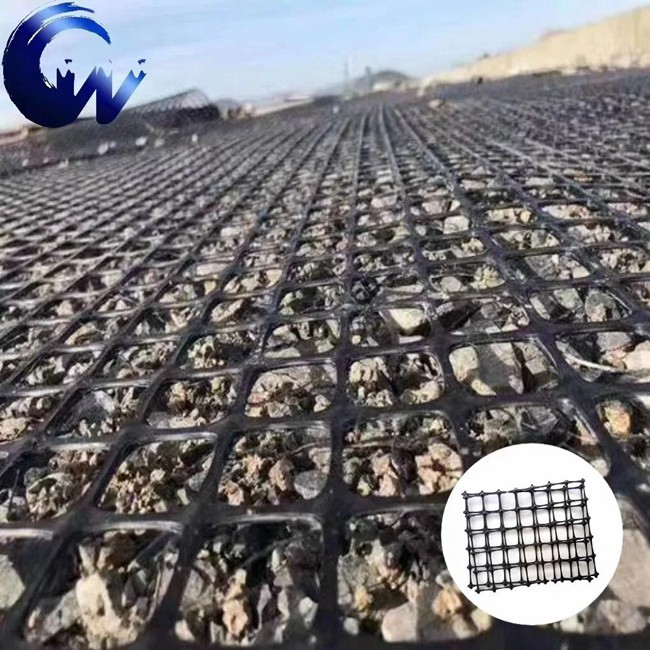
In road construction, PP geogrids can be used for roadbed reinforcement, pavement crack prevention, and other aspects to improve the bearing capacity and service life of roads. It can effectively disperse and withstand vehicle loads, reduce road settlement and deformation. In water conservancy facilities such as embankments and reservoirs, PP geogrids can be used to enhance the stability of soil, prevent soil erosion, and ensure engineering safety. Its corrosion resistance and aging resistance also enable the grille to be used in underwater environments for a long time without being affected.

The main characteristic of unidirectional PP geogrid is unidirectional tension, which has high tensile strength and modulus, and is suitable for engineering that needs to enhance the unidirectional stability of soil. In road construction, it can be used for roadbed reinforcement, pavement crack prevention, and other aspects; In slope engineering, it can effectively prevent slope landslides and collapses.
The bidirectional PP geogrid forms a grid like structure through bidirectional stretching, and has good tensile strength and rigidity in both vertical and horizontal directions. This type of grille is suitable for projects that require comprehensive reinforcement, such as road and railway subgrade reinforcement, embankment, retaining wall and other infrastructure construction. The connection method of hot melt welding also improves construction efficiency and overall stability of the project.
The three-dimensional PP geogrid has a three-dimensional structure, higher stiffness and strength, and can more effectively disperse and withstand soil loads. In soil reinforcement and protection engineering, three-dimensional geogrids can significantly enhance the tensile and shear strength of soil, prevent lateral displacement and settlement of soil. It is widely used in fields such as roads, railways, water conservancy, and environmental engineering.

Recommended products
